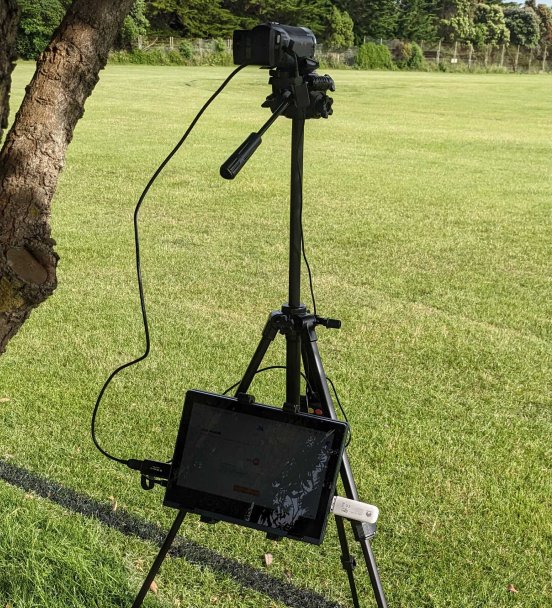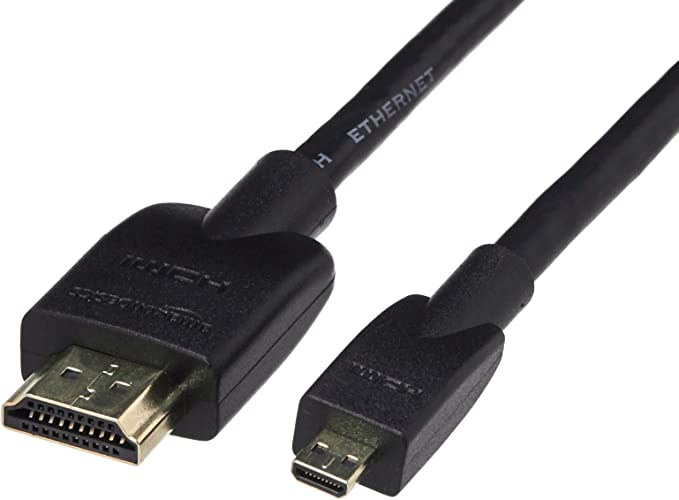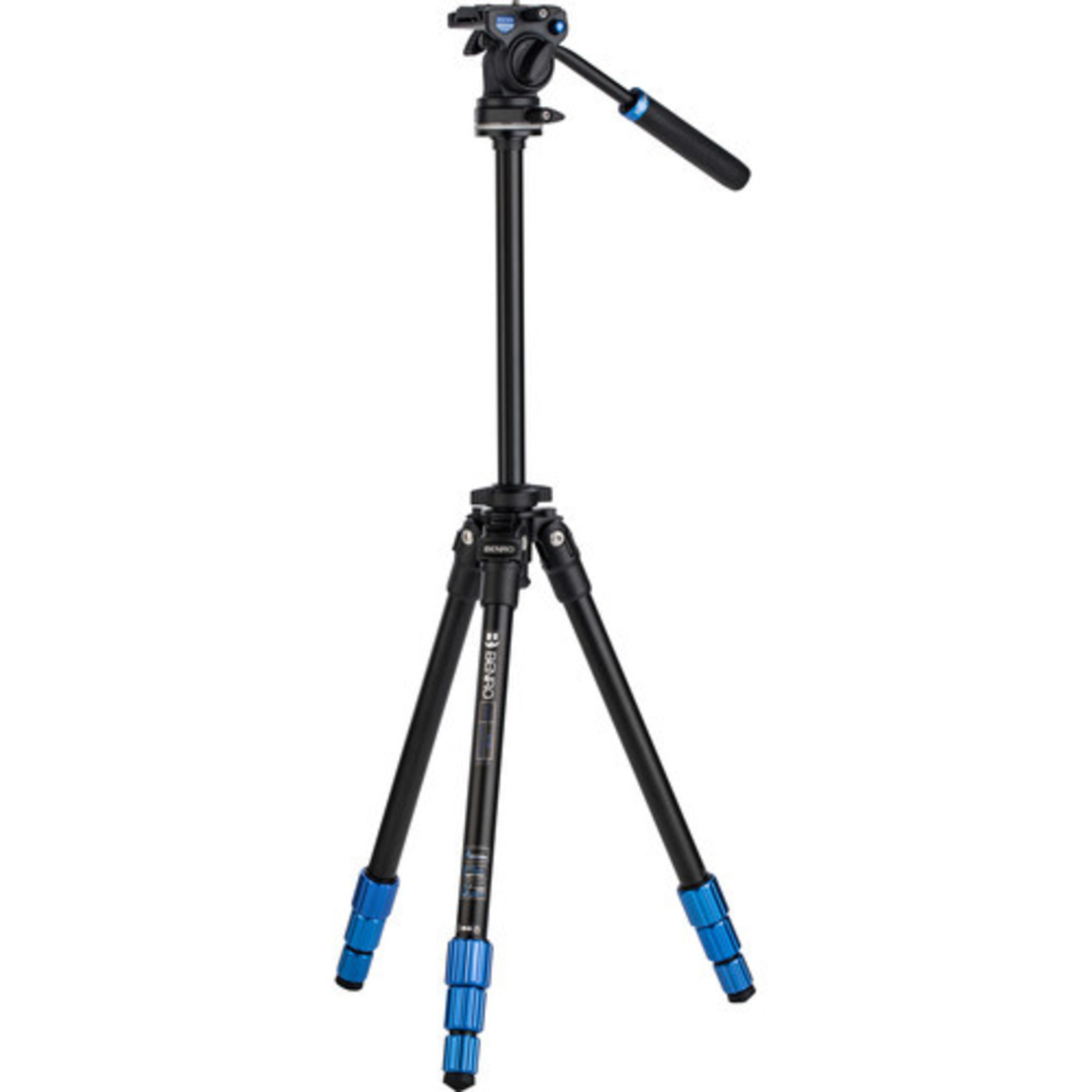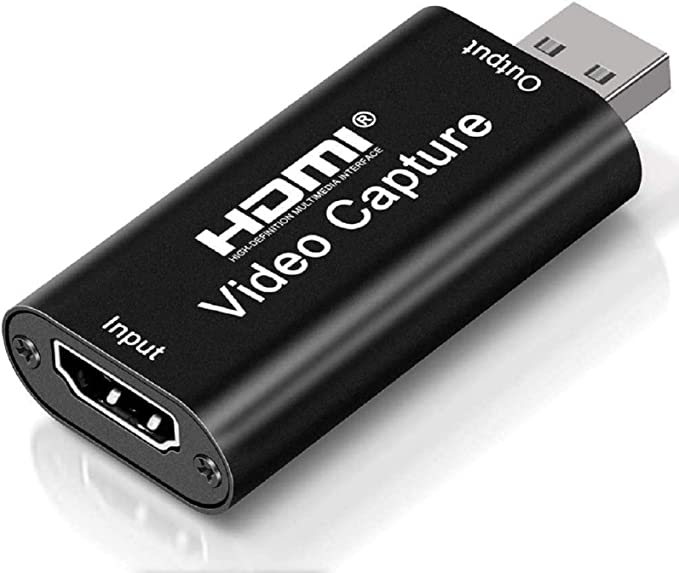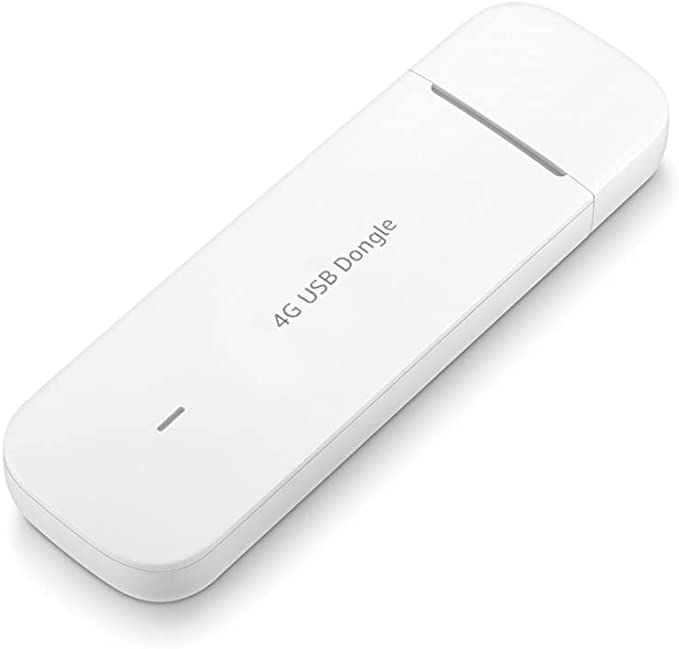If you need help putting your kit together, or having issues with it, please see this guide.
MAS can provide you with some purely off-the-shelf (i.e. non-custom, consumer-grade equipment you can buy yourself) hardware for you to get started with. As you grow in confidence you may wish to upgrade beyond what we offer but this is a nice starting point to launch your channel off from.
Because this is off-the-shelf hardware, the specifics of what we deliver will change from time-to-time - our goal with providing this is purely a cost pass-through and we aim to keep this front-up cost as low as possible as an introduction.
Consequently, there are going to be much better options for your specific needs than what we recommend and provide here. If you're looking for more tailed/improved recommendations, especially around cameras please check the later documentation around this or get in contact with us directly for options that may better suit you. Definitely shop around with other vendors to sharpen the price.
Consider too bypassing the Chromebook/laptop relay option and instead plugging a camcorder into your phone.
You should consider if any of what we recommend here is something you already have - the biggest cost centres are the camcorder and the Chromebook, if you can swap either out (hint, any pre-existing Chromebook, MacBook, Windows laptop or reasonably specced Android tablet will also suffice), then you can keep your front-up costs low.
This document will describe in further detail the kit consisting of (generic Amazon.com links provided here):
- Sony Camcorder
- HDMI output cable for camcorder
- Lenovo Flex 3 Chromebook - any laptop that can run desktop Chrome web browser would suffice too, this will be what gets the video "online"
- Benro TSL08AS2CSH Tripod - you want one with what they refer to as a "video head"
- Arkon Tripod Mount for tablets - Unnecessary if the Chromebook/laptop can rest on a table or something. Just keeps it elevated off the ground
- HDMI USB Capture Card - converts the video into something the Chromebook/laptop can understand
- 4G USB Dongle - if you can get reliable WiFi on the ground or want to tether a phone then you don't need this - the more "unlocked" from a network provider, the better
- Baseus Battery Pack - it needs to be able to charge the camcorder and the laptop/Chromebook for long-form shooting/sports, check the power input to your device it usually needs 45W+
- Photography Backpack - provides a convenient way of keeping everything together.
This is the most basic outlay for getting going that is not your phone. In essence: camera -> into a laptop -> onto the MAS server. You'll find some of the above may not apply to you, especially if you have reliable internet already, can mount the camera/laptop on a table, or have access to a power source. In that case, the more you can bring your own hardware the better (and cheaper!).
Chromebook & Laptops
A Chromebook is Google product that allows you to use the MAS Scoring Platform quickly, cheaply, and easily. You can plug the capture card and 4G dongle directly into it, and use onboard microphones/touchscreen to control the match. Unlike Android/iOS devices, the platform is a little less locked down which provides better compatibility with a camcorder.
This is the most expensive part of the kit we provide. It is highly recommended to try MAS out with a laptop/phone/tablet you already have before investing in a dedicated device. You may want to consider one of these if you don't already have, or are not prepared to use, pre-existing hardware.
All this device does is act as a relay for your camera inputs to the MAS server, so there are many alternatives available here - which should give you a lot of freedom to shop around and consider better/differently specced devices. Many customers find the touchscreen to be quite useful for scoring in the field, but is not a strict requirement. MAS allows you to stream off one device and score the match on a different one (so you can set this up as a camera, walk away and score on a phone for example).
Consider too plugging a camcorder into your phone and using your phone as the internet-connected device.
Camcorder
We highly recommend a camcorder for most sports. Your back facing camera on your phone will work fine but:
- It is hard to zoom and follow action, and;
- It will burn through battery quickly, and;
- The lenses in smartphones are (by nature) very short, focussing on high-speed action at a distance is difficult, and;
- Scoring on the same device at the same time you are capturing video is very fiddly.
Unfortunately, smartphones have killed the market for camcorders at a cheap price bracket and so you can get a few for ~US$250 and the immediately jump to ~US$1200 for "prosumer" ("professional consumer") products.
If you choose to swap this out for something else/already have a DSLR/mirrorless/camcorder, please make sure it can output a "clean" image from its HDMI port and that the onboard controls still work when outputting via HDMI. Some very cheap cameras found on places like AliExpress prevent the zoom from working when plugged into HDMI for who-knows-what reason, but others do work perfectly fine - please reach out to us before hand if unsure.
The Sony HDRCX405 is a simple set-up-and shoot camcorder. It produces a Full HD picture with a very good optical and even digital zoom range and is very easy to keep powered on. It uses a micro-HDMI to HDMI cable to send a naked video feed through to your capture card.
Plug the output of the camcorder into a USB capture card for your laptop/Chromebook to read.
If you're looking for a more sophisticated camera (this Sony, for some reason, doesn't have a microphone/audio on it!) then please check our article on cameras. Behind the chromebook, this is the most expensive piece of kit, and (obviously) has the biggest impact on your broadcast's quality so it is worth considering options with respect to what works for what you're looking to achieve.
Tripod & Mount
A good tripod goes a long way to produce a good broadcast. You will want one that can "level" easily enough (otherwise one team will look like they're playing uphill), can rotate and support a camera well enough (if its too loose or too stiff when pivoting, your picture will be frustrating for viewers) and can get some good verticality (the taller the tripod can get, or the higher the viewing angle, the more like a TV-style broadcast you will get).
Benro produce some good products in this area, but so too do major manufacturers like Manfrotto so consider shopping this around a bit. Depending on your environmental conditions (i.e. wind and rain), you may consider looking at options less prone to being knocked over - putting a heavy weight at the base can help with this somewhat but consider too pegs/plugs that can anchor the tripod to the ground.
If you need to score on MAS at the same time as streaming, consider a tripod mount for your device. These usually screw to the side of the tripod and provide a convenient mechanism to prop the scoring/streaming device off the ground.
Arkon provide some excellent clamps for any tripod setup.
Capture Card
A USB HDMI Capture Card is a generic USB device that takes the signal coming off your camcorder and turns it into something your laptop/Chromebook can understand - (for interest: a "webcam").
You can plug the HDMI feed from your camera into the HDMI input on this device and plug the other end directly into your laptop/Chromebook.
The one recommended here is very cheap (~US$8), but only produces a "good-enough" output (even though they will claim a "4K picture quality"). You may consider upgrading yourself to more "professional" products like the popular Elgato Cam Link 4K - be warned that this may require more sophisticated laptops to take this input and produce a higher quality production with.
Internet Communications
This is a reasonably subjective point but is the most common cause for streams failing. If you can get a reliable internet connection (~1.5mbps upload speed) using a local WiFi/plug-in option then you don't need to worry about 4G (or 5G where available). Similarly, it is just as possible to tether your Chromebook/laptop to your phone using the "hotspot" feature on your phone:
Note, a Full HD stream will use about 1.5GB of data per hour. Some ISPs are very strict about this and will throttle your speeds/data usage so please check your data plan and especially any "fair use" agreements that may govern it.
A generic 4G USB dongle can take a SIM card and plug directly into a 
You will want to get one unlocked to save hassle if you change network provider/share this kit with other people.
Power
Keeping your devices powered on for the full length of your match may be quite difficult if your sport or intended stream is going to go for a few hours. Anything beyond ~3hrs will cause some anxiety as powering video is quite process heavy and drains batteries linearly - there is no spinning down or sleeping to be done!
You will need to check the laptop your end up using, but typically you'll want to look for something with 45W+, 10000mAh+ if you need to keep up with the power draw for many computing devices. Please reach out to us if you'd like some certainty/tailored advice about what you're looking for for your setup.
Carry Case
Whilst not strictly necessary, a good carry case will go a long way to reminding you/your other videographers about what is needed and what to setup.
There are many generic backpacks that will allow you to keep track of any cabling, separate sleeves for camera(s) and laptop device and should ideally allow you to carry a tripod too. Waterproofing may be a good idea if you are doing a lot of outdoor sport/need to pack down quickly.
A Pelican case provides a rugged utilitarianism to hold equipment too and provides good options for shooting outdoors/wet-weather conditions.
